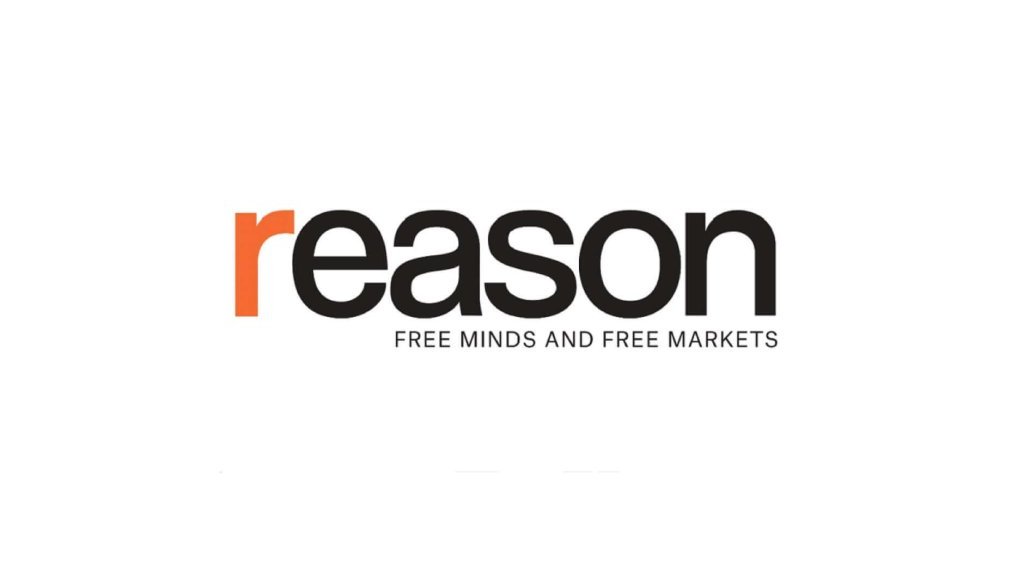Hate Speech and the European Court of Human Rights: Towards a Principled Approach
This book demonstrates that, with few exceptions, the ECtHR’s general approach to hate speech has been overly expansive, often undervaluing both the significance of free speech and the harms resulting from the suppression of relatively low-threshold expressions. While this book does not advocate for an entire revision of the European approach to hate speech as that would anyhow be unrealistic, it does argue for a more rigorously substantiated balancing exercise and a renewed adherence to the Handyside principle. In Handyside v The United Kingdom (1976), the ECtHR found that the right to freedom of expression as provided by Article 10 of the European Convention on Human Rights (ECHR) extends to ideas that may ‘offend, shock or disturb.’ The hate speech jurisprudence of the ECtHR, although ostensibly committed to the protection of the right to freedom of expression continues to suffer from a lack of conceptual clarity, inconsistencies in application and a limited engagement with relevant scholarly literature. Some key examples are put forth hereinafter.
Féret v Belgium (2009) is emblematic of the departure from Handyside principles as it embedded a paradigm which I refer to as the low threshold hatred paradigm. Féret involved an application by a far-right politician who distributed leaflets during an electoral campaign with statements such as “Stop the Islamization of Belgium” and allegations that a refugee centre “poisons the lives of residents.” In upholding domestic restrictions on such speech, the ECtHR equated insult, defamation and ridicule with hate speech that falls outside the protection of Article 10 of the European Convention on Human Rights (ECHR), denoting that incitement to violence is not a necessary pre-requisite for hate speech. Féret set a threshold precedent that would influence subsequent jurisprudence in which the ECtHR has systematically held that insults and/or defamation and/or prejudice and/or ridicule are enough to result in an Article 10 violation, even if they do not incite violence or other criminal acts.
Furthermore, rooted in the post-war consensus to combat anti-Semitism and Nazi propaganda, is the categorical exclusion of Holocaust denial from Convention protection through Article 17 of the ECHR, namely the prohibition of abuse of rights clause. This stems from the ECtHR’s recognition of the enduring harm caused by the Holocaust and its denial not only to survivors, their descendants and groups but also to European democratic values.
Indicatively, the ECtHR’s strict stance in relation to the Holocaust and its denial was put forth in Lehideux and Isorni v France (1998), in which the ECtHR ruled that there exists a “category of clearly established historical facts—such as the Holocaust —whose negation or revision would be removed from the protection of Article 10 by Article 17.” The ECtHR’s approach to genocides and genocide denial becomes less consistent when addressing denial of genocides other than the Holocaust.
Article from Reason.com

The Reason Magazine website is a go-to destination for libertarians seeking cogent analysis, investigative reporting, and thought-provoking commentary. Championing the principles of individual freedom, limited government, and free markets, the site offers a diverse range of articles, videos, and podcasts that challenge conventional wisdom and advocate for libertarian solutions. Whether you’re interested in politics, culture, or technology, Reason provides a unique lens that prioritizes liberty and rational discourse. It’s an essential resource for those who value critical thinking and nuanced debate in the pursuit of a freer society.




